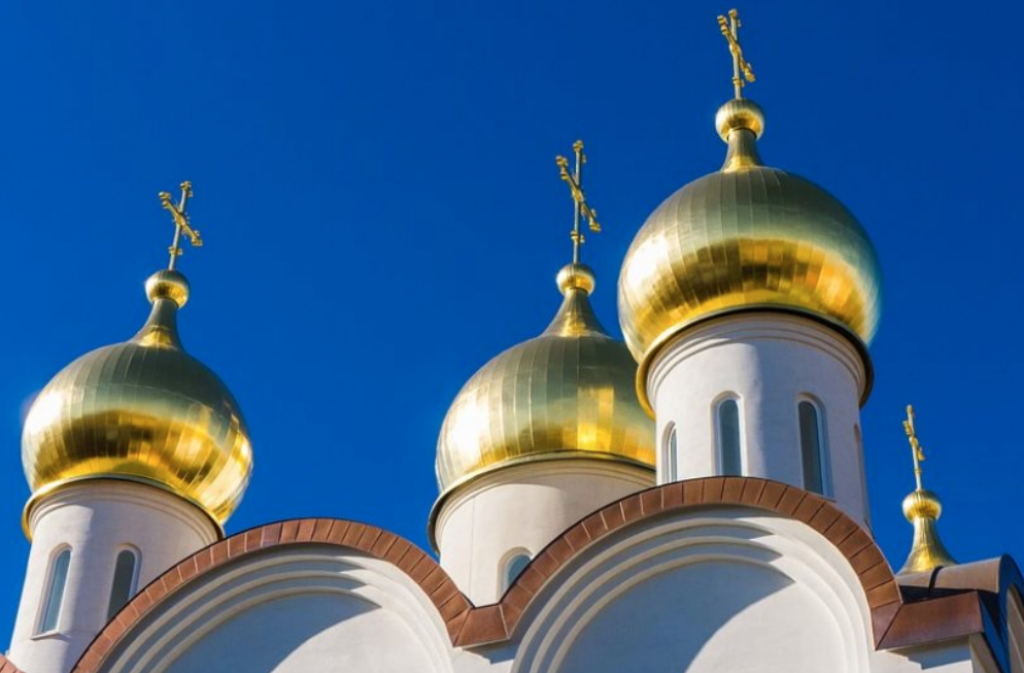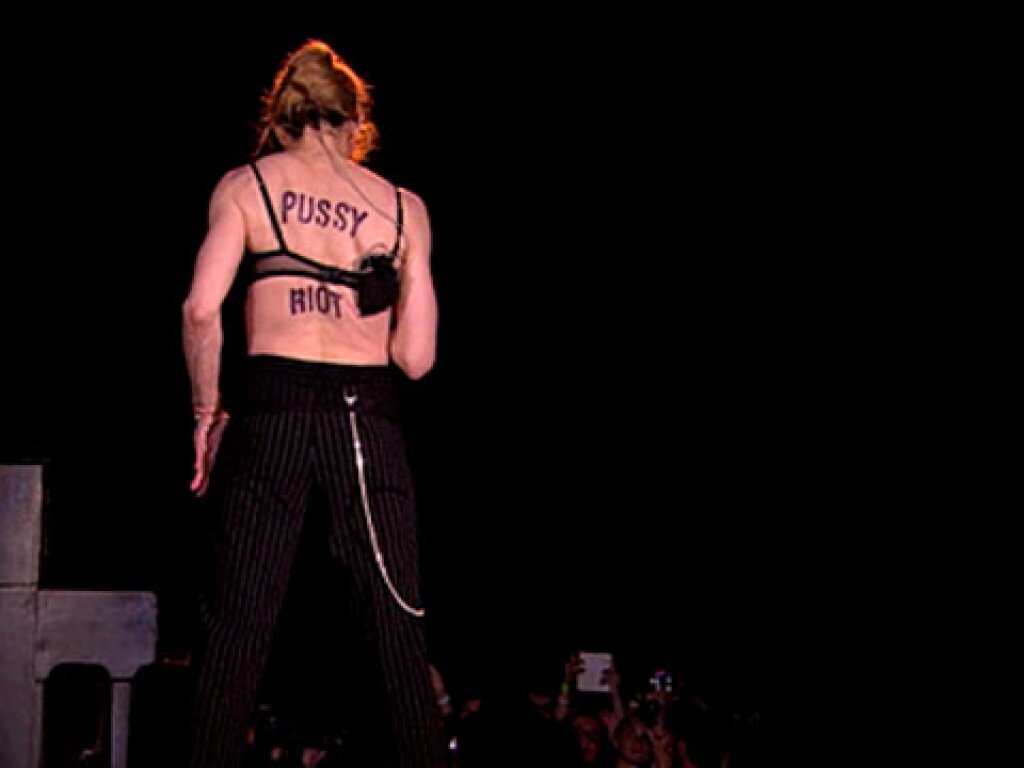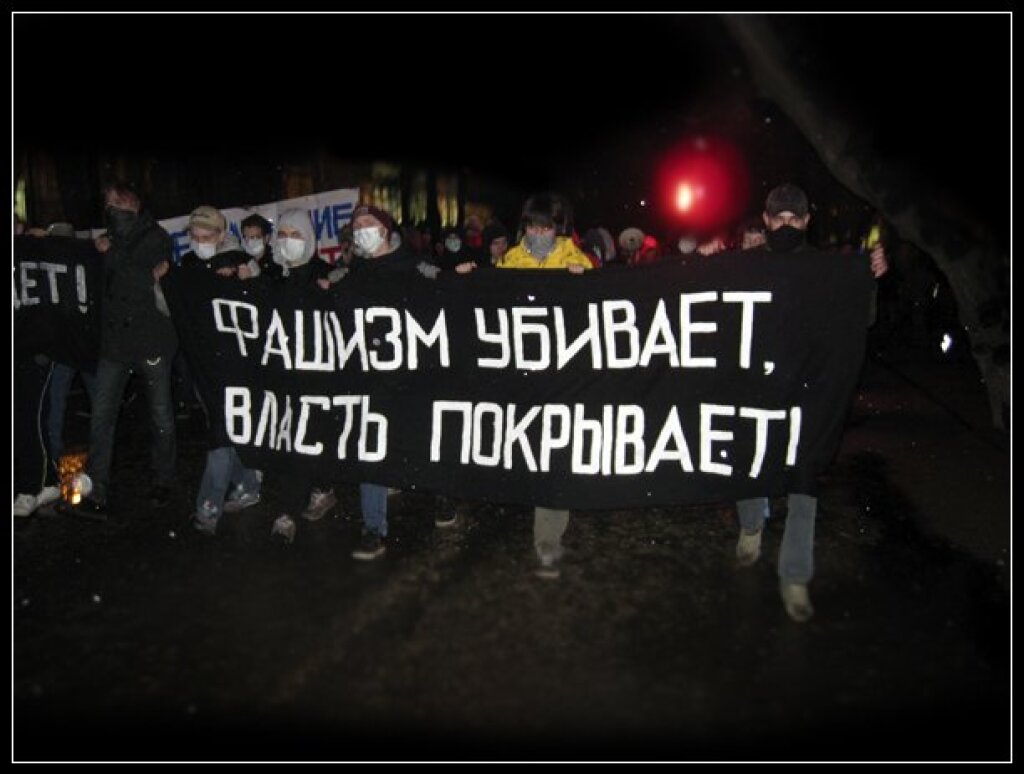Jeanne Kormina used to work as a Professor of Anthropology and Religious Studies at the Higher School of Economics, St Petersburg, Russia. She now works at École Pratique des Hautes Études, Groupe Sociétés, Religions, Laïcités, Paris, France. She has published extensively in Russian and English on Orthodox pilgrimages, veneration of saints, and other topics addressing the post-secular situation in Russia and beyond. Her recent monograph is Pilgrims. Anthropology of Orthodox Nomadism [in Russian] (Moscow, HSE, 2019).
The expression “Orthodox activist” (pravoslavnyi activist) sounds strange, even meaningless, to the Russian ear. However, this expression, and the attitude toward these people, say a lot about the civil society in Russia on the eve of the war and the place of the Russian Orthodox Church in society.
“Orthodox activist” is an oxymoron that combines two concepts with opposite meanings. While to be an Orthodox Christian implies constant training in the art of obedience and concern for Church integrity, activism ideally implies independence of judgement and actions, as well as the ability to go public and express one's point of view. Humility, simplicity, and modesty as primary virtues in the Orthodox model of ethics are dissonant to the very idea of activism.
The conventional forms of Orthodox presence in public space are collective ritual actions such as the prayer (moleben) or Cross Procession. But during the protests of the 2010s in Russia's major cities against the seizure, as citizens believed, by the Church of places that really belong to everyone, it turned out that there were Orthodox people who were ready to enter the public space on their own steam, as ordinary citizens. This was the case, for example, during protests against the transfer of the Museum of St. Isaac's Cathedral in St. Petersburg to the Church or the construction of a cathedral on the territory of a city park in Yekaterinburg in 2016-2017. It turned out that there were Orthodox believers who wanted to be “the public” in the classical sense of the word, as is the case in democratic societies.
Secular publics often perceived attempts by Orthodox people to enlarge their presence in public space or raise their voice against, or in support of, particular initiatives as violations of fundamental principles of the ideal liberal public sphere, such as individual membership and separation from the state. Secular publics typically considered Orthodox activists agents of the Church rather than free individuals intending to express their personal opinions by participating in public actions. And indeed, these religious figures’ disagreement with “publics” in the proper sense of the word relates to their particular understanding of how a just society should work.
Once, an organizer of an Orthodox picket sponsored by the all-male civic organisation Sorok sorokov (Forty Times Forty) complained to me that what we observe on the public scene in Russia today are the generally “unhealthy” actions of liberal activists who “mobilize against the Russian majority, the Russian people.” Healthy public activities, for this organizer, are those which aim at “solidarity with the people,” uncritical and homogeneous in terms of the views expressed and built on “an Orthodox culture and a strong state.” A healthy civic society, he argued, is a holistic one, with a public sphere where people come together not to express their various opinions and to negotiate, but to support the only “right” choice.
Episodes of Orthodox activism show that, when Orthodox people in Russia go public, they often do it as though they belonged to a subaltern minority, ready to feel oppressed and humiliated. Hence, overreaction to supposed violations of the human rights of believers could result in punishing the perceived violators by taking them to court for offending the religious feelings of believers.
The hidden inequalities that make Orthodox activists act and feel like a subaltern group are embedded in their position as an actual minority in a highly secularized Russian society, a minority that pretends to be the dominant—if not state—religion responsible for the morality and spiritual wellbeing of the nation. Their emotional appeal seems to stem from personal experiences of exclusion from public spaces in which they want to participate.
State representatives, for their part, typically do not trust activists who raise their voices publicly and independently. The public sphere in pre-war Russia was controlled by the state, and Orthodox activists of all sorts could become victims of the regime in the same way as their liberal opponents— even if, often enough, the conservative values many of them espoused coincided with state interests.
If, before the war, the Russian public sphere had already shrunk like Balzac’s peau de chagrin (“magic skin”), after February 2022, censorship effectively eliminated it. This crackdown influences Orthodox activists, too: one of my interlocutors, a female Orthodox activist, lost her public voice when she had to close her Facebook page (since Facebook is forbidden in Russia) with its 5000 “friends.” As a result, she is no longer an Orthodox activist—a fact I doubt makes her very happy.



